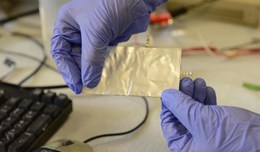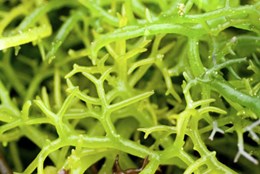Thứ hai, 22/12/2025 | 13:29 GMT+7




















 CHUYÊN GIA CHIA SẺ - Số 8: Hiệu quả năng lượng và Đổi mới sáng tạo - Động lực cho doanh nghiệp phát triển bền vững
25/11/2025
CHUYÊN GIA CHIA SẺ - Số 8: Hiệu quả năng lượng và Đổi mới sáng tạo - Động lực cho doanh nghiệp phát triển bền vững
25/11/2025
 Sắp diễn ra Hội chợ Triển lãm Thiết bị Tiết kiệm năng lượng và Chuyển đổi xanh 2025
Sắp diễn ra Hội chợ Triển lãm Thiết bị Tiết kiệm năng lượng và Chuyển đổi xanh 2025
 [VIDEO CLIP] Ariston - Thương hiệu bình nước nóng hiệu suất năng lượng cao nhất
[VIDEO CLIP] Ariston - Thương hiệu bình nước nóng hiệu suất năng lượng cao nhất
 Hội nghị Sử dụng năng lượng tiết kiệm và hiệu quả toàn quốc năm 2025
Hội nghị Sử dụng năng lượng tiết kiệm và hiệu quả toàn quốc năm 2025
 Khai mạc Hội chợ Triển lãm thiết bị tiết kiệm năng lượng và chuyển đổi xanh 2025
Khai mạc Hội chợ Triển lãm thiết bị tiết kiệm năng lượng và chuyển đổi xanh 2025
 Sử dụng năng lượng tiết kiệm và hiệu quả: Công nghệ là "chìa khoá"
Sử dụng năng lượng tiết kiệm và hiệu quả: Công nghệ là "chìa khoá"
 Giải pháp thúc đẩy tiết kiệm năng lượng và chuyển đổi xanh
Giải pháp thúc đẩy tiết kiệm năng lượng và chuyển đổi xanh
 Hội thảo tham vấn đánh giá năng lực, công nhận và công bố tổ chức kiểm toán năng lượng khu vực phía Nam
Hội thảo tham vấn đánh giá năng lực, công nhận và công bố tổ chức kiểm toán năng lượng khu vực phía Nam